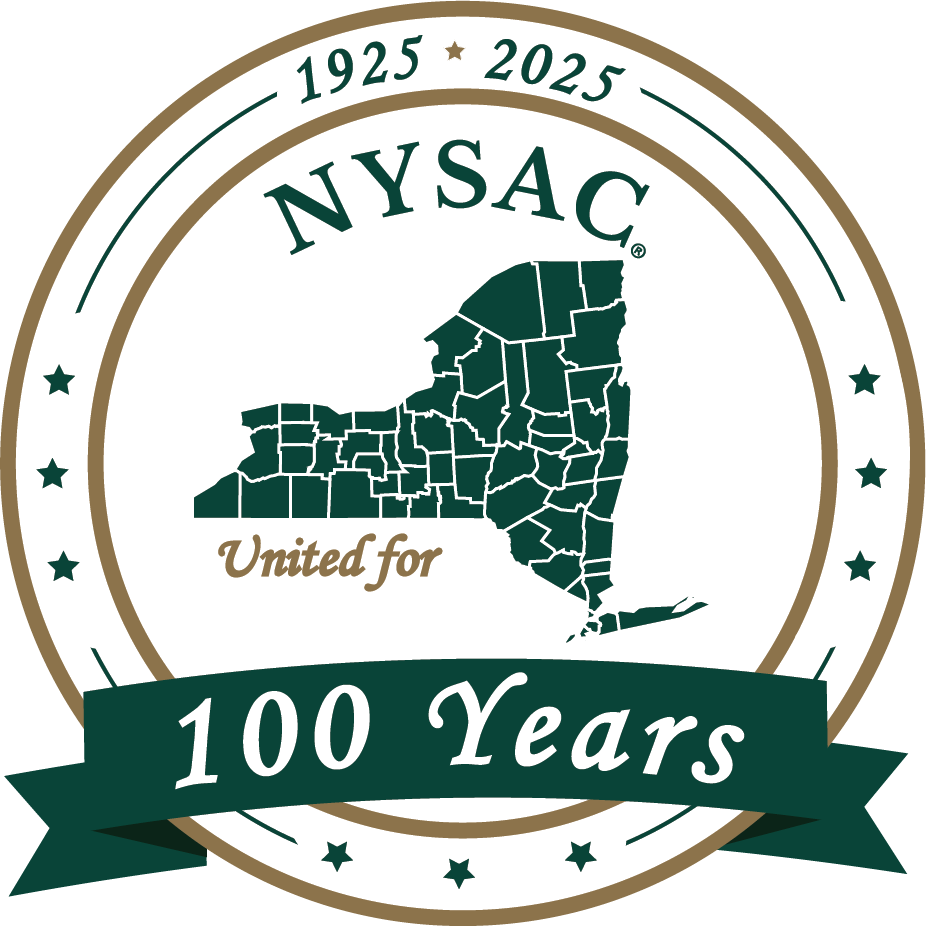Sales Tax Is Strong, But Not Keeping Pace With Inflation In Key Sectors
By Dave Lucas
NYSAC Director of Finance and Intergovernmental Affairs
For most counties, sales taxes make up their largest source of revenue. If the revenue collected from sales tax decreases, as it did in the early days of the pandemic, local governments must either raise revenue from other sources—like property taxes—or face the prospect of cuts to programs and services. It's therefore critical to keep a close eye on consumer spending behavior and the economic forces that influence it.
County sales tax has recovered significantly since the depths of COVID pandemic restrictions and handily surpassed pre-COVID results from 2019. However, even with strong overall growth, key sectors of the economy are not producing taxable sales at a level that has kept pace with inflation. Some of this is related to consumers changing their habits to manage high inflation (product substitution, less discretionary spending, a switch from purchasing goods to more services), supply chain issues (product shortages, cars for example), lingering social interaction hesitancy stemming from the pandemic (limiting travel, in-person shopping, going out for meals), and workforce shortages that reduce capacity.
In a snapshot review of the summer travel season, NYSAC compared the June-July-August quarter from 2019 (pre-COVID) to the same period in 2022. Overall, for the quarter, taxable sales grew by 21 percent for all counties including New York City over the three-year period. During this time frame inflation increased by 17 percent. While this is good news for overall county revenues and economic activity, out of the 12 key sales tax categories, only three outperformed their corresponding rate of inflation.
There is also a significant difference between New York City and the rest of the state, especially in the leisure and hospitality area. New York City has still not recovered in the category of traveler accommodation from 2019 levels and barely kept above water in restaurant activity. These two categories, historically, are consistently among the top sales tax performers for New York City. Most counties' sales tax activity has performed better than New York City with growth in the 57 counties averaging just over 23 percent for this quarter compared to the City's 18 percent growth.
The chart below highlights key sources of sales tax revenue for counties and New York City. Column 5 shows the percent change between the 2019 and 2022 quarters and the final column shows the NYSAC estimated inflation rate over that period for the category. Items highlighted in green are coming in above the rate of inflation and red items are coming in below. (Consumers are thinking more about where to spend declining resources).
¹ Derived from national CPI data.
² Inflation during the period - Natural gas up 43 percent, Electric up 18 percent - weighted amount is about 25 percent.
There are two notable standouts: 1) Gasoline Stations – June-July-August 2022 includes the local sales tax exemption for motor fuels, so underperforming should not be a surprise; 2) Electronic Shopping—the large increase is due to state law changes that required remote Internet-based retailers to collect sales tax (the law began implementation in the summer of 2019). This category alone accounted for 22 percent of the entire taxable sales increase since 2019 for the summer quarter.
Consumers are Signaling a Coming Pullback
Consumer spending has been resilient, supported in part by higher wage growth—not enough to keep pace with inflation, but close. Also, consumer savings remain about $1 trillion higher than before the pandemic, but much of the “excess reserves” are concentrated among higher-income consumers. A flashing caution signal has surfaced over the last couple of months as recorded by the Personal Savings Rate. In October the monthly savings rate was down to 2.3 percent—the 2nd lowest monthly savings rate since records have been kept dating back to 1959. The 3rd lowest monthly savings rate of 2.4 percent was recorded in September 2022. 
Source: Federal Reserve Economic Data (FRED)
In addition to lower savings rates, consumer credit card debt increased 19 percent in the third quarter compared to a year ago, rising to $866 billion according to TransUnion. There was a particularly large increase in credit card debt held by Gen Z and Millennial borrowers, with balances increasing by 72 percent and 32 percent respectively.
Consumers have been able to maintain spending levels but at the expense of existing reserves, lower savings rates, and increased debt. The combination of continued high inflation, higher interest rates, slumping consumer capacity to maintain spending levels, and the increasing likelihood of a recession will moderate the sales tax trends we have seen over the last couple of years.
Contact Us
New York State Association of Counties
515 Broadway, Suite 402
Albany, NY 12207
Phone: (518) 465-1473
Fax: (518) 465-0506

